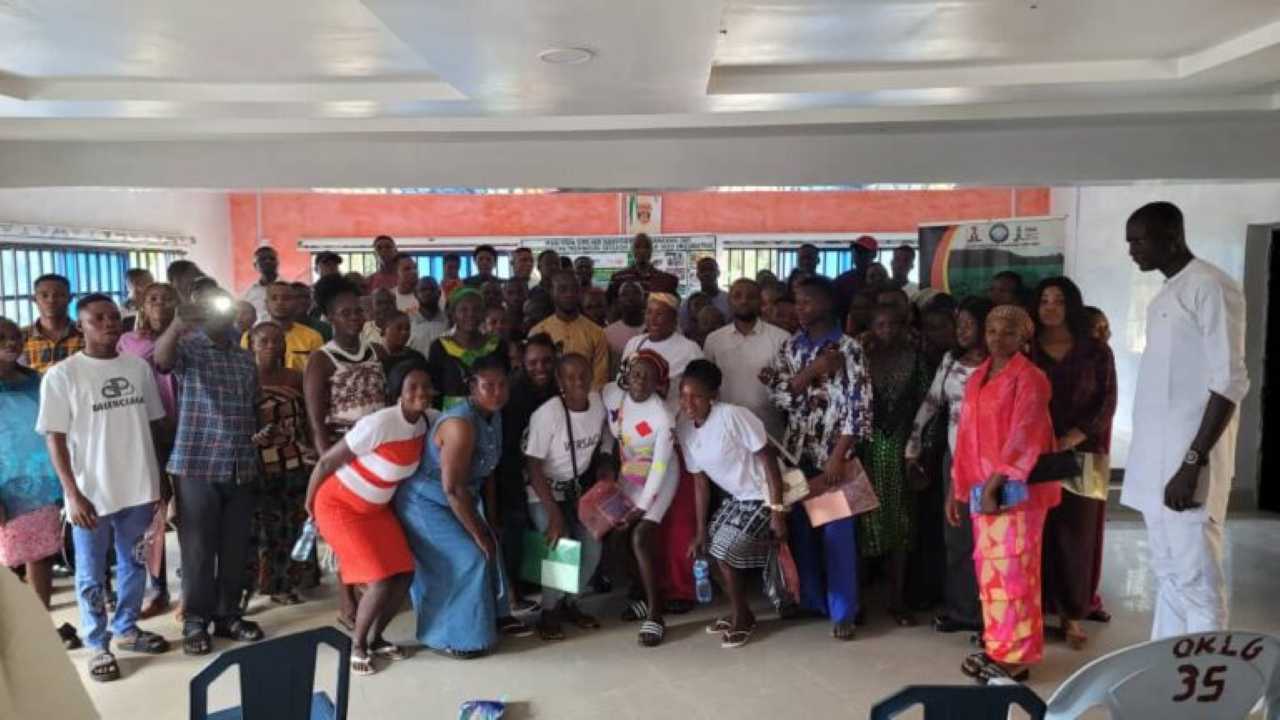 SWIFT is introducing a proof of concept (POC) to explore whether distributed ledger technology (DLT), also known as blockchain, can be used by banks to improve the reconciliation of their nostro databases in real time, optimising their global liquidity.
SWIFT is introducing a proof of concept (POC) to explore whether distributed ledger technology (DLT), also known as blockchain, can be used by banks to improve the reconciliation of their nostro databases in real time, optimising their global liquidity.
The company says under the current correspondent banking model, banks need to monitor the funds in their overseas accounts via debit and credit updates and end-of-day statements. The maintenance and operational work involved represents a significant portion of the cost of making cross-border payments, it says.
As part of SWIFT’s global payments innovation (GPI) initiative, which seeks to deliver a new standard in cross-border payments, the new POC was scoped in collaboration with leading correspondent banks. SWIFT GPI member banks can apply to participate in this POC, set to launch in early 2017. Currently, more than 80 banks across 220 countries are signed up, representing close to 71% of cross-border payment volumes over SWIFT.
“Whilst existing DLTs are not currently mature enough for cross-border payments, this technology, bolstered by some additional features from SWIFT, may be interesting for the associated account reconciliation,” says Wim Raymaekers, head of banking market and SWIFT GPI at SWIFT.
This POC gives us the opportunity to test DLT and determine if it can be applied to this particular use case.”
Fabian Vandenreydt, head of securities at Innotribe and the SWIFT Institute at SWIFT, says since the emergence of DLTs, the financial services industry has been looking for answers to questions about the potential use of these new technologies.
The technology assessment has given us valuable insights into the necessary requirements for DLTs to succeed in financial services, he says.
“It provides a clear state-of-play, outlining the different factors the technology needs to address, and the current maturity of DLTs in each of these areas. SWIFT is committed working with its community to identify areas in which the technology can provide the greatest benefits, evolving at a pace that works for each customer.”
According to a 2016 paper by SWIFT in partnership with Accenture, DLTs have the potential to bring new opportunities and efficiencies to the financial industry with their key strengths, including the ability to create trust in a disseminated system and complete traceability of transaction.
However, the study says while some solutions have been successfully deployed in POC, existing DLTs are currently not mature enough to fulfil the requirements of the financial community.
Additional research needs to be conducted regarding the interoperability of DLT systems with legacy infrastructure – the interoperability between distributed ledgers across multiple counterparties and the regulatory requirements to do so; as well as standardisation, it adds.
Damien Vanderveken, head of R&D, SWIFTLabs and user experience at SWIFT, says: “SWIFT will leverage its strong governance, PKI security scheme, BIC legal identifier framework and liquidity standards expertise to deliver a distinctive DLT POC platform for the benefit of its community.”






